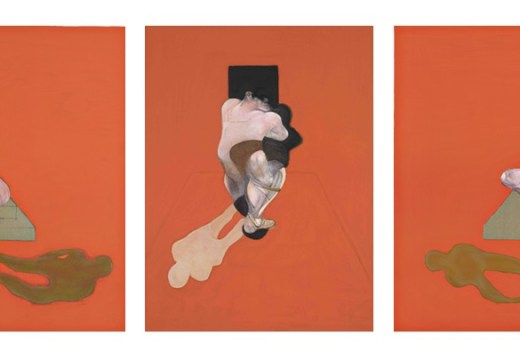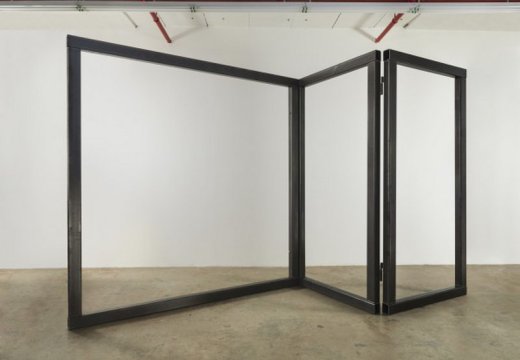A round-up of the week’s reviews and interviews

View from the Hudson River of the new Renzo Piano-designed Whitney Museum of American Art. Photo: Karin Jobst, 2014
A New Whitney for New York (Thomas Marks)
‘We created this building with the art at its centre,’ says Adam D. Weinberg, the Whitney’s blithe and charismatic director, ‘from the point of view of artists, from the point of view of the object. We created it from the inside out.’
Horace Walpole’s gaudy gothic fantasy is revived at Strawberry Hill (Martin Oldham)
At first glance, these renovated surfaces can seem too fresh, too gaudy. Maybe it is because we expect the decoration in old houses to have mellowed with age, or for gothic to mean gloomy. But if so, we are misunderstanding what Walpole intended…Walpole’s medievalism was inflected with Rococo playfulness. He described it as a ‘capricious house’ and ‘the prettiest bauble’; it was meant to amuse and delight, not to be taken entirely seriously.
How Poussin found God (Jamie Mulherron)
Many of us have been taught to view Poussin primarily as a secular classicist, perhaps even a libertine. But the ability to paint a good orgy, as Poussin certainly could, never made a religious painter irreligious – certainly not in the 17th century.

Open Screen (2014), Carol Bove, at the solo exhibition ‘The Plastic Unit’ at David Zwirner, London. Courtesy David Zwirner, New York/London
Carol Bove’s art relies on the gallery for conceptual clout (Wessie du Toit)
Bove’s work implies that it is meaningful, and moreover can be imbued with all manner of meaning, but it never goes so far as to confirm or deny anything in particular. I suspect this relaxed ambiguity is a reason why Bove’s short career has been packed with impressive solo exhibitions. While her work acts as a lightning rod for the aggressive interpretations of an art world audience, it also makes no demand of the viewer who would rather read nothing between the lines…
London Diary: Digby Warde-Aldam surveys the city’s art scene
The current show [at Daniel Blau Gallery] presents a revelatory selection of colour images of the USA’s first forays into Space. They give an idea of quite how precarious these adventures were: the astronauts and their equipment look fragile, and their spacecraft rudimentary. One of the earliest pictures here, from 1965, shows the blue curve of the Earth, foregrounded by astronaut Ed White clutching a camera as he floats outside Gemini 4. I stared, and got a sudden hit of vertigo. Go. You’ll be starstruck.

















![Masterpiece [Re]discovery 2022. Photo: Ben Fisher Photography, courtesy of Masterpiece London](http://zephr.apollo-magazine.com/wp-content/uploads/2022/07/MPL2022_4263.jpg)
‘Like landscape, his objects seem to breathe’: Gordon Baldwin (1932–2025)